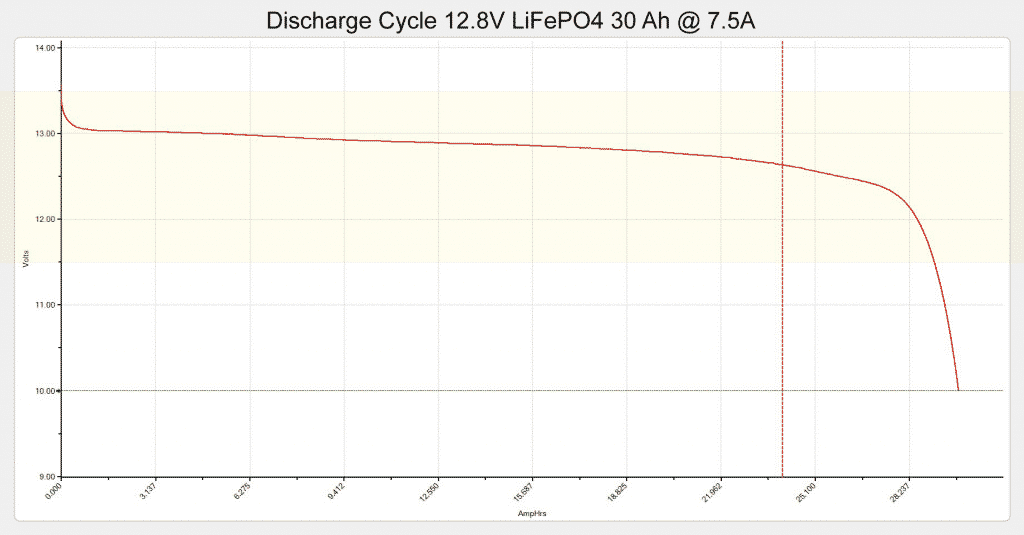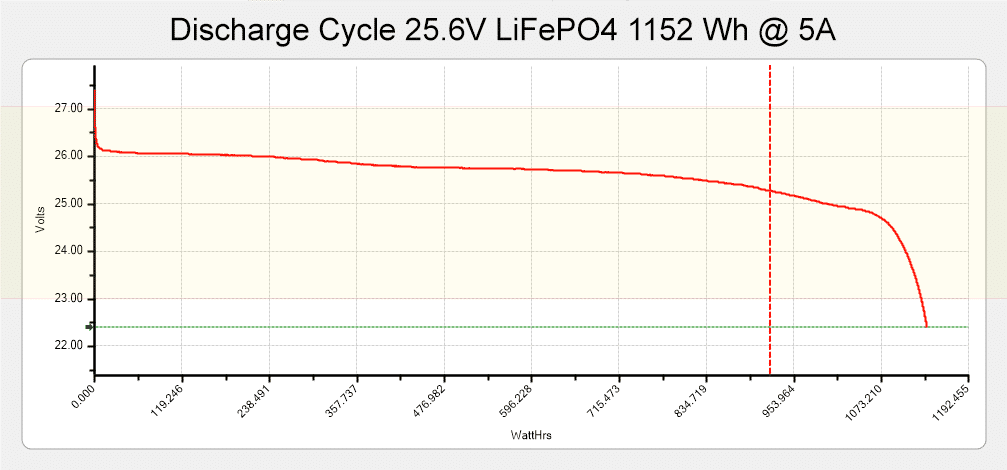Lithium Iron Phosphate(LiFePO4)
Lithium Nickel Manganese Cobalt Oxide (LiNiMnCoO2)
Lithium Cobalt Oxide(LiCoO2) — LCO
The 3 most common type of lithium batteries according to battery university are
We did our research and have chosen LiFePO4 as the battery choice for our solar street light. It stands out of the crowd because it has the best safety and the longest life. Under the right conditions a life expectancy of 20 years.
Found in
Solar Lights
Electric Vehicles
Lithium Cobalt Oxide(LiCoO2) — LCO
Mobile Phones / Laptops
Cycle Life
2,000 + cycles
1,000 – 2,000
Lithium Cobalt Oxide(LiCoO2) — LCO
500–1,000 cycles
Saftey
⭐⭐⭐⭐⭐
Thermal Runaway 270°C
Lithium Cobalt Oxide(LiCoO2) — LCO
Power / Weght
90–120Wh/kg
Lithium Cobalt Oxide(LiCoO2) — LCO
150–200Wh/kg
AGM is an alternative battery for Solar Street Lights. AGM (Lead Acid) also known as the the car battery.
I have summarised information from Sealed Performance.
The cost to replace an AGM battery should be a big consideration when choosing what type of battery to use.
If an AGM battery needs replacing every 3 to 5 years then it will end up costing more in the long run.
AGM Deep Cycle
Weight
12.2 Kg
AGM Deep Cycle
27.5 Kg
Cycle Life
2,000 + cycles
AGM Deep Cycle
300 cycles
Charge Rate
2 Hours
AGM Deep Cycle
8 Hours
Power / Weght
90–120Wh/kg
AGM Deep Cycle
45Wh/kg
Depth of Discharge (DoD)
AGM Deep Cycle
Have you ever wondered why some batteries are more expensive than others?
It is because they are built with different quality control checks.
We get calls from customers who purchased a solar light from ebay or china that does not work anymore. When we test the light we find that the battery is faulty. The cause is a faulty cell from a cheap battery.
Most lithium batteries consist of many 18650 or 26650 cells.
For Example: A 30AH 12.8V battery will have 40 cells. A 60AH battery will have 80 cells. A Tesla S contains 7,104 cells.
If any of the cells are faulty, the whole battery becomes faulty. The bigger the battery, the more cells and slightly bigger chance of a faulty cell.
I can’t stress enough how important it is to have premium quality 18650 or 26650 cells.
12V
24V
Maximum Voltage
3V
4.2V
12V
16.8V
24V
33.6V
Recommended Maximum Charge Voltage
3V
12V
14.4V
24V
28.8V
Recommended Maximum Charge Voltage #2
3V
3.5V
12V
14.0V
24V
12V
24V
Ideal Discharge Voltage
3V
2.875V
12V
24V
23V
Ideal Discharge Voltage #2
3V
2.8V
12V
11.2V
24V
22.4V
BMS Cutoff Voltage (Battery is Empty)
3V
2.5V
12V
10V
24V
20V
No. 15Ah 24V battery has a higher capacity than a 20Ah 12V battery.
To compare the capacity of batteries of different voltages we convert to Watt Hours (Wh)
The formula to convert is Amp Hours x Voltage = Watt Hours
It is a good idea to multiply Amp Hours by the Voltage to get Watt Hours.
To avoid confusion batteries of all types should use the Watt Hours (Wh) method.
12V
24V
30 Ah (Amp Hours x Voltage = Watt Hours)
3V
96 Wh
12V
384 Wh
24V
768 Wh
768 Wh (Watt Hours / Voltage = Amp Hours)
3V
240 Ah
12V
60 Ah
24V
30 Ah


The batteries that we use in our Solar Street Lights are excellent quality.
We test them with our West Mountain Radio battery analyser.
The battery returned with a rated capacity of 98.7%.